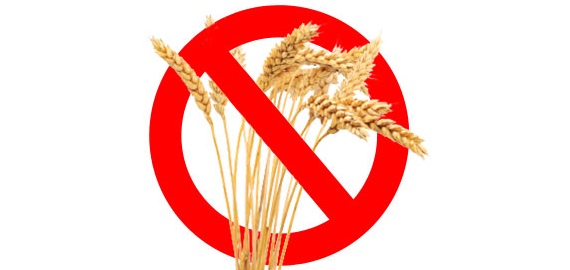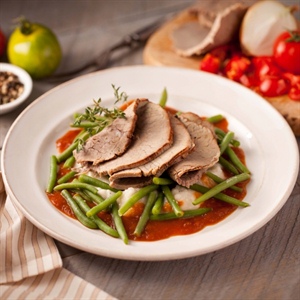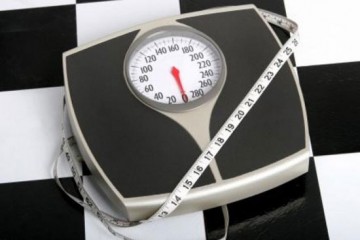Does Going Gluten-Free Make You Lose Weight?

(HealthCastle.com) It seems like everywhere you look these days someone is on a gluten-free kick. There are also a lot more gluten-free products on supermarket shelves, as well as gluten-free diets and cookbooks. Recently, my search for "gluten-free diet" in the Books section on Amazon.com returned more than 3,000 results! While an allergy to gluten - the protein found in wheat - does exist (called celiac disease), it appears that many people are trying out gluten-free eating as a way to lose weight.
Is a gluten-free diet a weight-loss diet?
We have not found studies that support a gluten-free diet as a weight-loss diet. Instead, most studies identify weight loss as a symptom in individuals with undiagnosed celiac disease. Once the celiac diagnosis is confirmed and the gluten-free diet is adopted, some of them actually gain weight as their gut heals.
We asked gluten-free expert and registered dietitian Shelley Case for her take. According to Case, when people first try out gluten-free eating, any initial weight loss is often due to eliminating one food group (in this case, wheat-laden carbohydrates) completely from the regular diet. Since "coffee companion" treats such as muffins, cookies, and brownies are suddenly off-limits, some may even find themselves switching to fresh fruits or veggies until they can locate gluten-free substitutes for these treats. Fruits and vegetables tend to have lower calories per serving then highly refined products, so the pounds lost are the result of the healthier snack choices.
What about gluten-free substitutes?
Gluten-free versions of your favorite foods may not be nutritionally superior. Per serving, a gluten-free breakfast cereal may have more carbohydrates, sugar, and calories, and tend to be lower in fiber than the wheat counterpart. For example, a 1-cup serving of Cheerios contains 100 calories, 20 g carbohydrates, 3 g fiber, and 1 g sugar. Compare this to the gluten-free Whole O's from Nature's Path, which in a 2/3 cup serving contains more calories (110), carbs (25 g), and sugar (4 g). From General Mills, a serving of Wheat Chex offers 5 g fiber, while the gluten-free Rice Chex contains only 1 g fiber.
What about gluten intolerance or insensitivity?
Some individuals may have health conditions that require them to adopt a gluten-free way of eating. If you do, always look for gluten-free whole grains such as amaranth, buckwheat, or quinoa and leave out the highly processed refined gluten-free products. Remember, a piece of gluten-free cake is still cake. Case has a handout providing tips to get more nutrition into a gluten-free diet.
The Bottom Line
Simply switching to gluten-free foods to lose weight is not going to work in the long term. While it is great that there are more gluten-free food options for those with diagnosed celiac disease or gluten intolerance, the term "gluten-free" in itself does not confer some sort of nutrition "halo" on any given food product. Gluten-free or not, remember to stock up on whole grains and fruits and vegetables and use any refined flour products sparingly.
-
Eat Like a Greek God and Lose Weight
There was a region unknown to a major part of the world, where people
-
How I Lost 40 Pounds In Six Weeks
It was the happiest day of my life! I was running down the concourse
-
Tips for Healthy Post-Partum Weight Loss
As if there werent enough to think about with a new baby, m
-
phen375 fat burner – The crucial information that you’ll want to know from professionals inside the subject
The most common new a long time resolution is “lose weight”
-
Exercise And Your Anaerobic Threshold
If youre like most people youre looking to get the most out of a w
-
3 Little Known Ways To Lose Stomach Fat
There are a lot of effective ways to lose weight, but they often can i
- DON'T MISS
- When Gaining Love Means Gaining Weight
- Dieting and Fitness Blueprints to Lose Weight
- Fight Fat With These Weight Loss Tips
- Weight Loss Plateau: Why Most Diets Work At First And Then Fail
- 6 Foods to Avoid When Trying to Burn Belly Fat
- How Many Calories In One Pound Fat
- The Obesity Epidemic: How To Avoid The Coming Whirlwind
- 6 Fitness Rules Meant to be Broken
- How Does Height And Weight Affect Your Term Life Insurance Options?
- Eating Leads to Weight Loss




